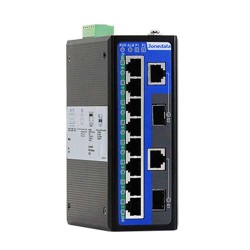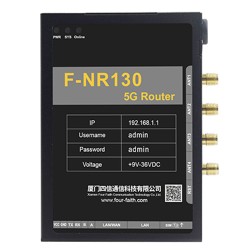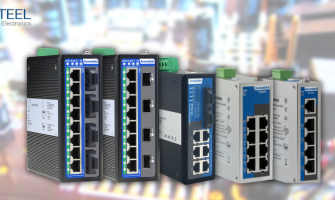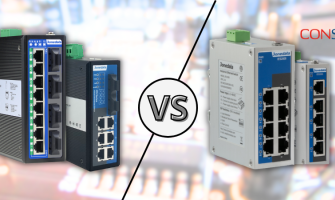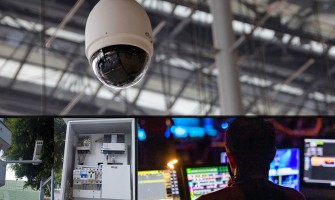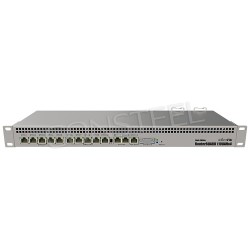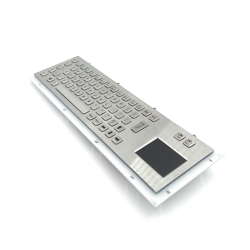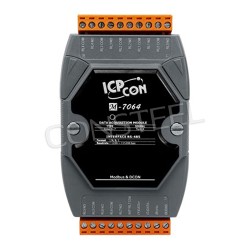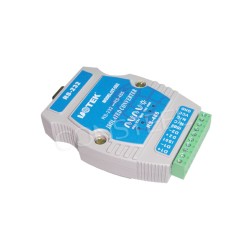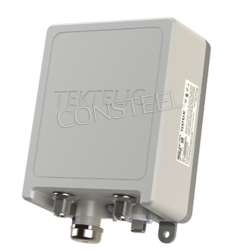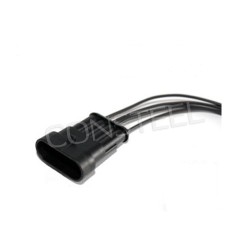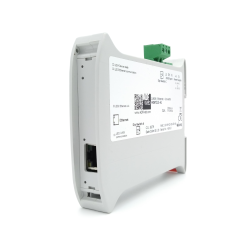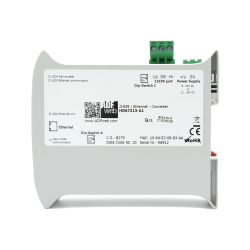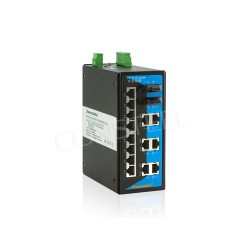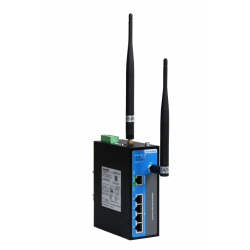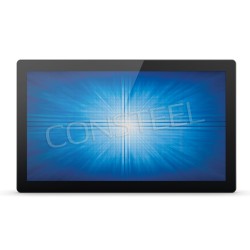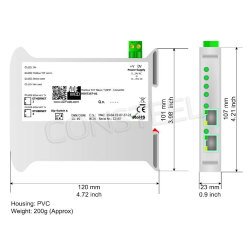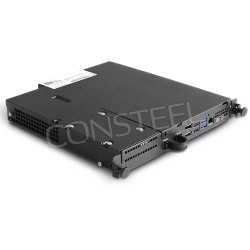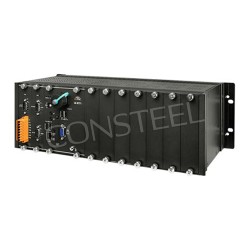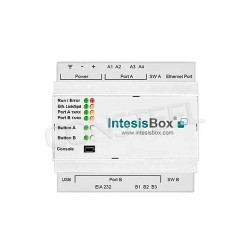How a CCTV system works
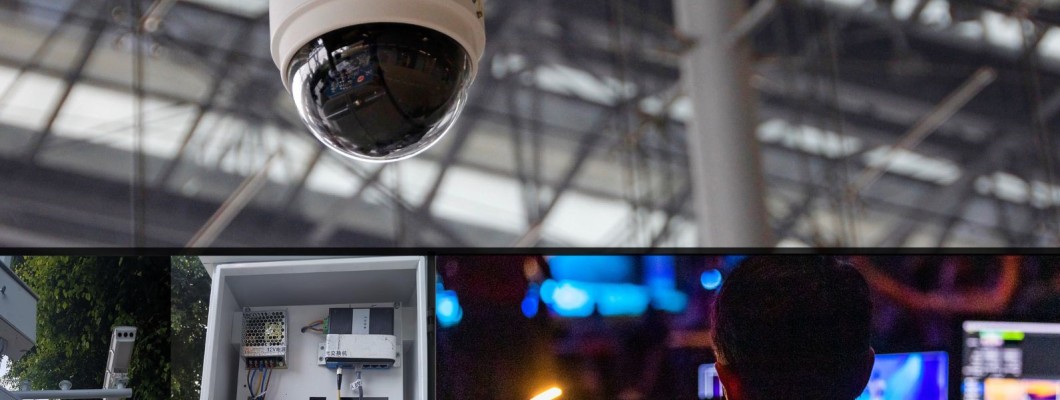
Closed-circuit television (CCTV) systems have become essential surveillance and security tools in industries ranging from retail and banking to manufacturing and transportation. These systems enable monitoring and recording of activities in both public and private spaces, helping to deter crime, enhance security and facilitate investigations. Understanding How a CCTV system works and what industrial equipment goes into it is essential to implementing effective surveillance solutions tailored to specific operational requirements.
CTV system components
A typical CCTV system consists of several interconnected components, each of which performs a specific function in terms of video capture, transmission and storage. The basic components include:
Cameras:Cameras are the basic components of CCTV, recording visual information from the monitored area. Various types of cameras are available, including dome cameras, bullet cameras, PTZ cameras (with pan, tilt and zoom) and specialized cameras for low-light or outdoor applications.
Cables and cabling: CCTV systems use cables and cabling, such as coaxial, twisted-pair (Ethernet) or fiber optic cables, to transmit video signals from cameras to recording or monitoring equipment. Proper installation and maintenance of the cable infrastructure are critical to ensure reliable video transmission.
Recording devices: Recording devices, such as digital video recorders (DVRs) or network video recorders (NVRs), store video recorded by cameras. These devices are equipped with disks and software to record, playback and manage video data. NVRs are growing in popularity due to their compatibility with IP cameras and remote access capabilities.
Monitors:Monitors display live video or footage from CCTV cameras, allowing security personnel or operators to monitor the monitored area in real time. Monitors are available in a variety of sizes and configurations, from desktop monitors to video walls for large-scale monitoring.
Power supply: Cameras and other CCTV system components require power. Power supplies, such as single adapters or centralized power distribution units (PDUs), provide the necessary power to cameras and other devices.In addition to power supplies, there is the use of PoE switches without the need for additional power and cabling.
Industrial devices used in CCTV systems
In industrial environments, CCTV systems may incorporate specialized devices and technologies to meet specific operational requirements and environmental challenges. Some industrial devices commonly used in CCTV systems include:
Explosion-proof cameras:In hazardous or volatile environments, such as chemical plants, oil refineries or industrial facilities, explosion-proof cameras are essential to maintain safety and compliance. These cameras are designed to withstand explosive atmospheres and prevent ignition sources, thanks to rugged housings and specialized sealing techniques.
Thermal cameras:Thermal cameras detect infrared radiation emitted by objects, allowing them to capture images based on heat signatures rather than visible light. In industrial applications, thermal imaging cameras are used to monitor a circuit, monitor equipment temperatures and detect abnormal heat patterns that may indicate equipment failure or fire hazards.
Pan-Tilt-Zoom (PTZ) cameras: PTZ cameras enable remote control of pan, tilt and zoom functions, allowing operators to adjust the camera's field of view and focus on specific areas of interest. These cameras are commonly used in industrial settings to monitor large areas, track moving objects and conduct detailed inspections.
Industrial-grade housings:Industrial-grade housings are used to protect CCTV equipment from harsh environmental conditions. These enclosures are constructed of durable materials, such as stainless steel or aluminum, and feature weatherproof seals, cooling systems and vandal-resistant designs to ensure reliable operation in harsh environments. Such as the IES2210-4P2GC-2P24-60W
Wireless transmission systems:In remote or sprawling industrial facilities where laying cables is impractical, wireless transmission systems allow CCTV cameras to connect to recording or monitoring equipment. Wireless technologies such as Wi-Fi, microwave or cellular networks provide flexible and cost-effective solutions for transmitting video signals over long distances. In such situations, equip yourself with top-of-the-line industrial-grade routers capable of operating both indoors and outdoors like the 5G outdoor router F-NR130.
CTV CCTV systems play a key role in enhancing security and operational efficiency in a variety of industries. Combining a diverse range of industrial components and equipment tailored to specific requirements, these systems provide reliable surveillance solutions for monitoring critical infrastructure, ensuring regulatory compliance, and protecting personnel and assets.From specialized cameras and enclosures to advanced transmission technologies, each component contributes to the efficiency and reliability of CCTV systems in industrial environments, enabling proactive monitoring and response to security threats and operational challenges.













